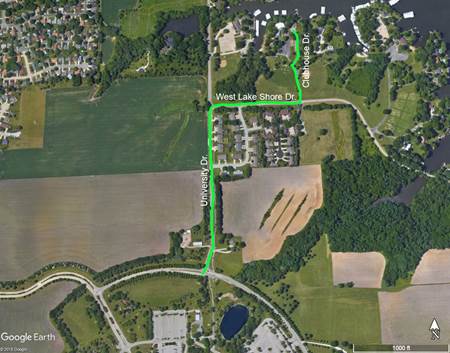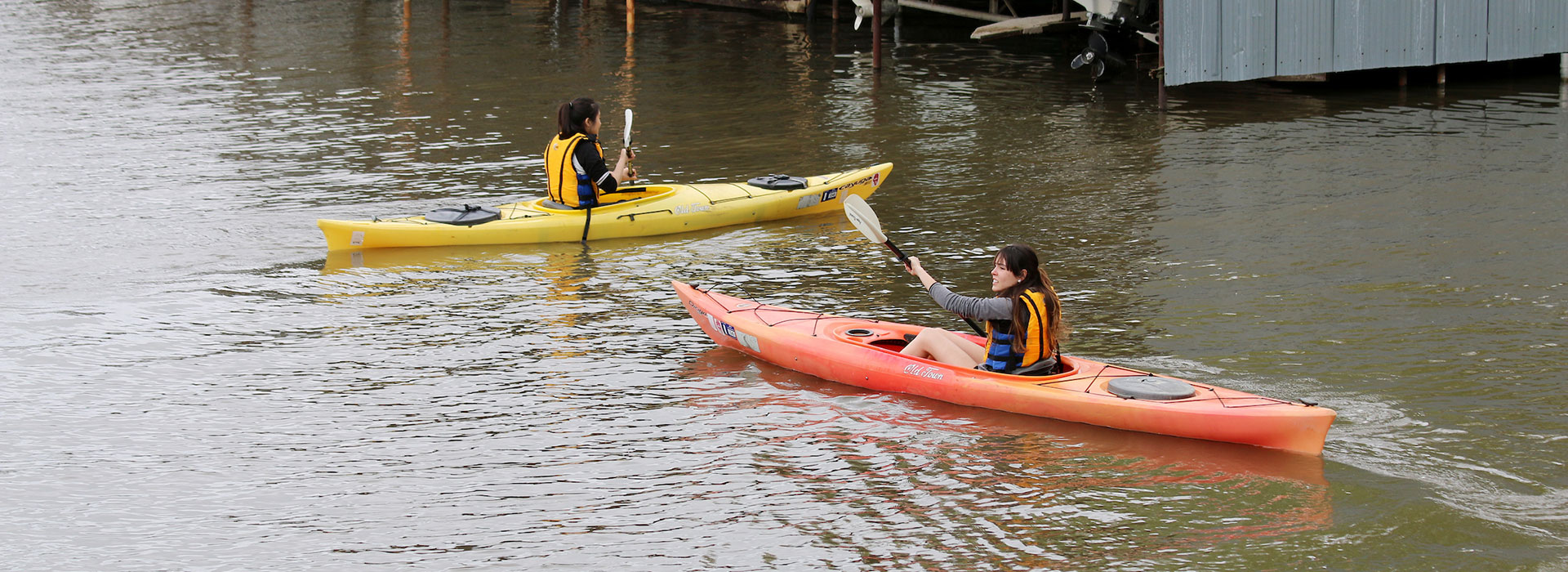This list will be up-dated as questions come in, and as the Field Station grows and evolves. Curious about something not on this list? Please contact us.
What is a field station?
+
Field stations serve as platforms for multiple researchers seeking to understand the environment in which they are embedded. Traditionally, many field stations have focused on the physical or natural sciences, however, they should not be limited to these disciplines. The settings of many field stations lend themselves well to creative works and research in visual arts, writing, sociology, anthropology, and economics, among other disciplines.
Field stations are often used to engage students in their discipline. This can be done in a number of ways. Short field trips can be used to put a face on a case study. Courses can be built around a project or theme exemplified by the setting of the field station and can utilize short field trips to gather samples, experiences, and observations. Collaborative research between a student and faculty mentor can benefit both parties, with students gaining experience and confidence from being involved in real research.
Where is the UIS Field Station at Lake Springfield?
+
Just north of campus. The simplest directions are to head north on University and take a right on West Lake Shore (about 0.35 miles). Once on West Lake Shore, make the first left–there is a sign for the UIS Field Station, along with signs for the Aqua Club and the Lake Press Club. Drive between the two softball fields and take the second fork to the right (you’ll see a blue “UIS” sign with an arrow for the Field Station and an arrow for the Aqua Club).

The address is:
9 Club Area
Springfield, IL 62712
What can be done at the UIS Field Station?
+
The facility is still relatively new, and we don’t want to put limits on how it might be used–you might have a great idea that hasn’t been thought of yet. That said, the UIS Field Station at Lake Springfield, with its proximity to the UIS campus and its direct access to the lake, will be a multi-use facility that provides education, research, recreation and public engagement opportunities for students, faculty and visitors. These will include: classes, research, presentations, retreats, performances, concerts, and a suite of recreational activities (i.e. fishing, canoeing, kayaking).
What kinds of academic projects and activities can be pursued at UIS Field Station at Lake Springfield?
+
All kinds, and remember: projects do not need to be conducted exclusively at the Field Station. Come and collect-ideas, samples, surveys, inspiration, and images-and then return to your lab, classroom, office, or studio on campus to complete the project. A tremendous diversity of projects exist, and the best thing to do is get in touch with the Director to explore ideas, options, and feasibility.
What are some ways to involve students?
+
Field trips can bring classroom lessons to life. Lectures, slide shows, and videos are great, but cannot replace physical experiences. The Field Station is so close that it is practically an on-campus field trip. Meet at the Field Station and allow your students to explore and gain experience. These trips can be simple look and see experiences or could take the form of mini-research projects.
Another great way to utilize the Field Station while involving students is to teach the process of research and creation. Involve your students with conducting pilot studies and even full research projects. Students can provide extra eyes, ears, and hands when out in the field. On campus students can assist with literature reviews and searches. These can even take the form of course assignments. In designing projects think in terms of scale:
- What is interesting within a course? Think in terms of projects that can be introduced, carried out, and reach a reasonable end-point within a semester long course.
- What is interesting over an undergraduate career? If you work with students on honors projects, capstone projects, or STARS projects, you might be able to collaborate on long-term (1-3 years) projects, including those that span multiple generations of students.
- What “big” picture story can you construct from a succession of student projects?
This sounds great, what should I do next?
+
Explore our webpage, and then contact the Director with questions and to plan your visit. If you’d like to make a visit to check things out before bringing students or starting your project, this can also easily be arranged. If you think you have things figured out, request use of the space.
